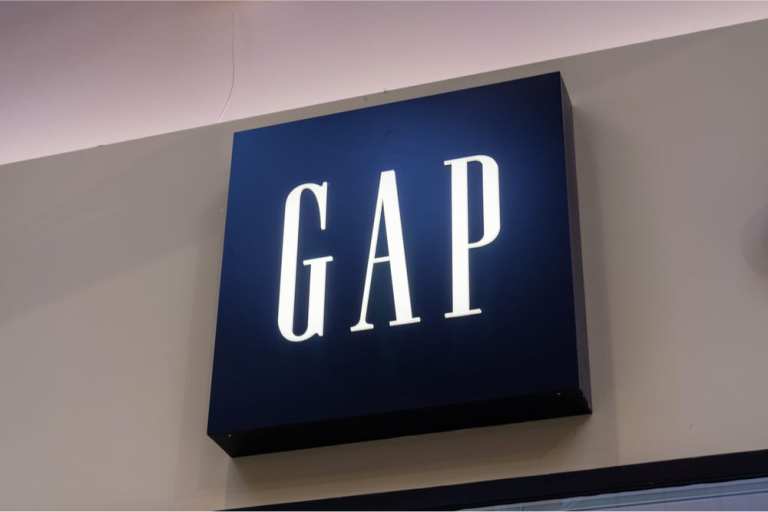
The luxury fashion sell-off has moved downscale and may be taking with it any hopes for an orderly reopening and recovery for casual fashion.
A quick sweep of casual clothing retailers shows that last week’s luxury sell-off that pushed normally full-priced purveyors like Nordstrom north of 65 percent off has come home to roost at Gap and other brick-and-mortar chains. On Monday Gap was hawking up to 75 percent off selected clothing with deeper discounts promised on other items. Abercrombie & Fitch went to 50 percent off and Kohl’s stuck 20 percent on to its normally lower prices.
“It’s Black Friday in April,” said Prashant Agrawal, chief executive of Impact Analytics, in a story that ran in Monday’s (April 20) Wall Street Journal. Impact tracked online prices in April for 400 items and compared them with prices on the day after Thanksgiving. Two-thirds of the items, mostly apparel, were selling at Black Friday prices or below, Agrawal said.
If the moves look a bit like desperation, it’s because government bailout packages are not happening fast enough or they’re not rich enough. Yahoo Finance reported Monday that Gap Inc. is in discussions to issue new bonds backed by assets including real estate to get it through the COVID-19 crisis.
“The talks with investors and banks would be for bonds backed by inventory and certain properties including distribution centers, the people said, asking not to be identified speaking about a private matter,” the report said. “The interest rate and maturity on the debt is still under discussion, and plans could change based on investor response … A representative for Gap declined to comment beyond the company’s recent statements that it’s working to ensure liquidity. The San Francisco-based retailer had about $1.2 billion of long-term debt, not including liabilities from its leases, as of year-end.”
The slash-and-burn mentality was not limited to brick-and-mortar-based companies. Popular eCommerce casual fashion sites were also dumping spring product. Revolve was 65 percent off on Monday followed by ASOS at 50 percent off, Lulu at 50 percent off or a chance to win $500 cash back and Urban Outfitters at 30 percent.
The moves had more than a hint of urgency online as well as off. But at least one analyst believes that casual clothes could come out a winner when the COVID-19 crisis is over. The reason is the move toward working at home. Paul Magel, president of the business applications and technology outsourcing division at CGS, believes casual attire will be the new normal.
“I do feel that coming out of stay-home orders and social distancing regulations — while the spike will level off — the overall demand for more casual business attire will continue to rise as both companies and employees come to the realization that today’s technology allows for work from home to be a bigger part a company’s standard operating procedures,” he told the E-Commerce Times.
The deep discounting may help casual fashion clear out some inventory. But as with any discounting strategy it instills future expectations. It also limits profits, which have understandably taken a back seat to top line revenue. In addition it could indicate that fashion suppliers are worried about outdated styles hanging around when stores are open, or when new seasonal inventory is introduced online. By that thinking, Black Friday mentality may become an April mentality.
“As we see non-essential shopping continue to increase, we anticipate more brands will continue to offer deals to encourage consumers to shop,” Sara Skirboll, the shopping and trends expert for the online coupon and deals site RetailMeNot, told MONEY. “During the week of March 29, we saw demand rise for clothing, accessories and shoes. In fact, sports & fitness items and shoes experienced nearly 40% growth in consumer demand compared to the week prior.”